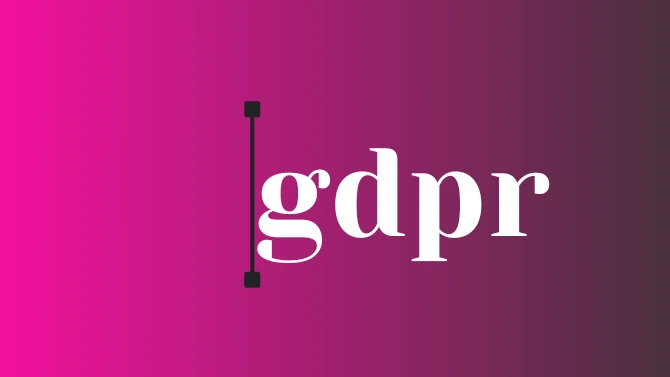Request for consent, terms, or privacy statements must be presented clearly and concisely, and without any ambiguity of meaning.
It must be as easy to withdraw consent at any time.

General Data Protection Regulation (GDPR) applies to any company that transacts with European Union citizens.
The European Union (EU) is enforcing regulations designed to protect the data security and the privacy of its citizens.
GDPR came into effect May 25, 2018. The EU GDPR replaces the Data Protection Directive 95/46/EC.
Any customers from any EU country that you collect data from as a result of a business transaction will be subject to the rules and regulations of the GDPR.
There are other website legal pages you need to think about if you need to include them.
Request for consent, terms, or privacy statements must be presented clearly and concisely, and without any ambiguity of meaning.
It must be as easy to withdraw consent at any time.
Notification of a security breach has occurred within 72 hours of discovering it.
Companies must provide, free of charge, a copy of the personal data being processed and held in electronic format.
Companies must erase all personal data when requested.
Valid conditions for erasure
The official PDF of the Regulation (EU) 2016/679 (General Data Protection Regulation)
Does the running of your business include several repetitive tasks? If there’s no guidance or procedure in place, it’s possible for some of the steps in the process to get forgotten. This is why checklists are important.
People get distracted, and when something gets forgotten, it’s much harder to recover than if they’d completed the task right in the first place.
Guidance every step of the way makes sure something is completed perfectly every time.
Read More: Why is a Checklist Important?
We all carry enormous knowledge and experience that we want to apply effectively, but we are all prone to make mistakes. There’s only so much we can store in our heads without forgetting something. How to maximise our use of knowledge?
The simple answer to this problem is to use checklists.
How many types of checklists are there? Two. What are the two types of checklists? Read-Do and Do-Confirm checklists are about how you use checklists.
Read More: Types of checklist: What are the two most powerful Checklist Types?
A checklist is a way to document each step needed to complete a task. A detailed set of instructions, a guide of how something is done.
Checklist software allows you to document every step of a process to be used over and over again.
Read More: Checklist Software